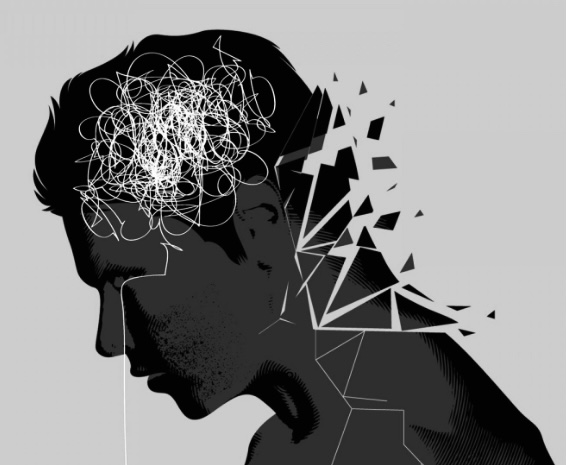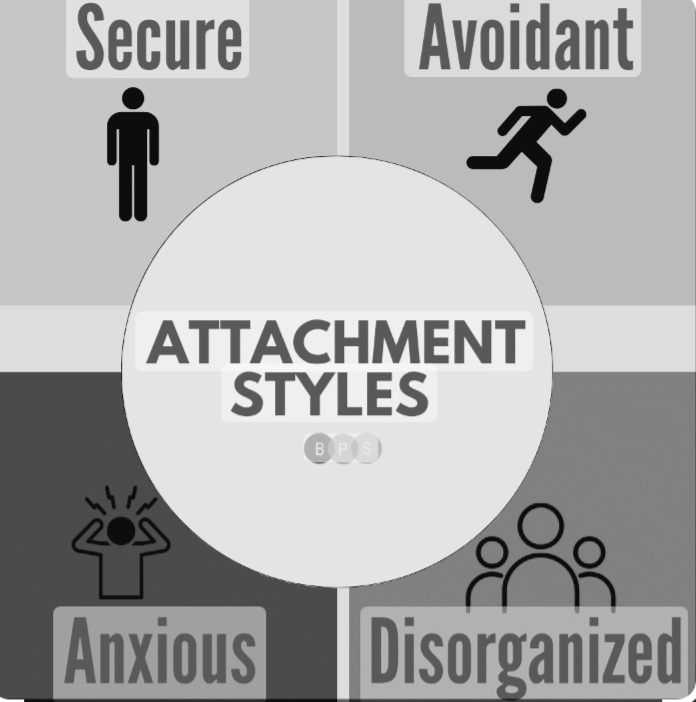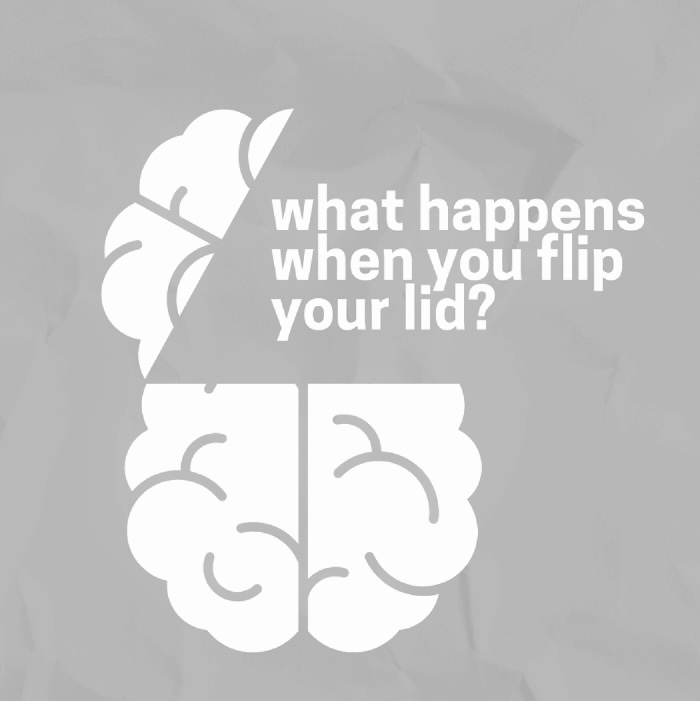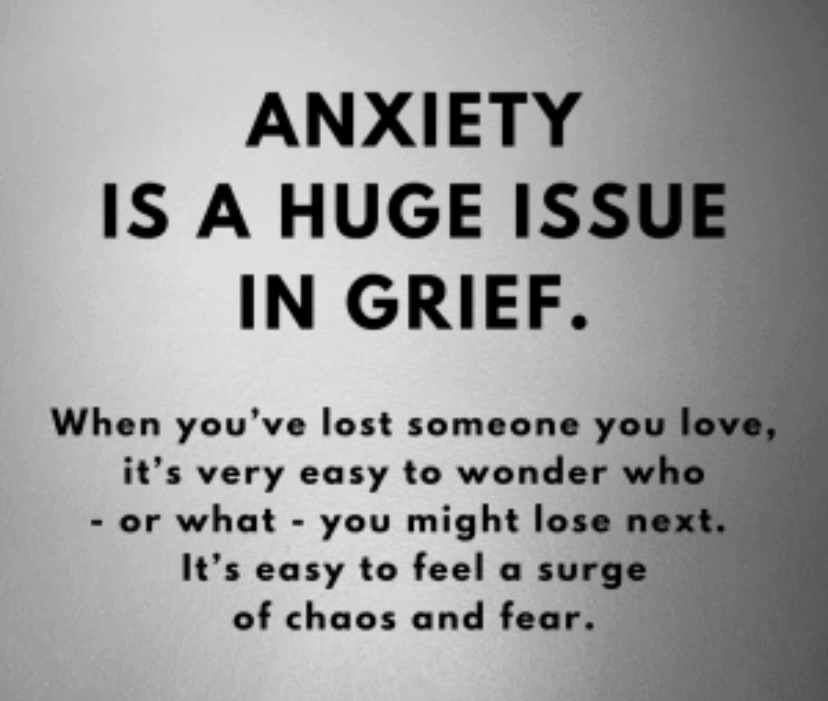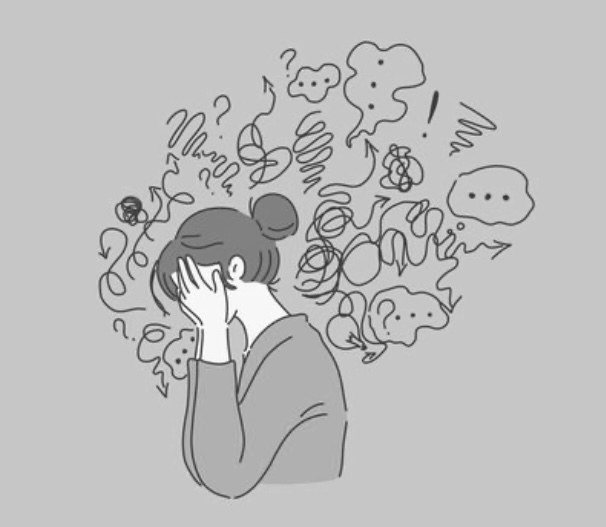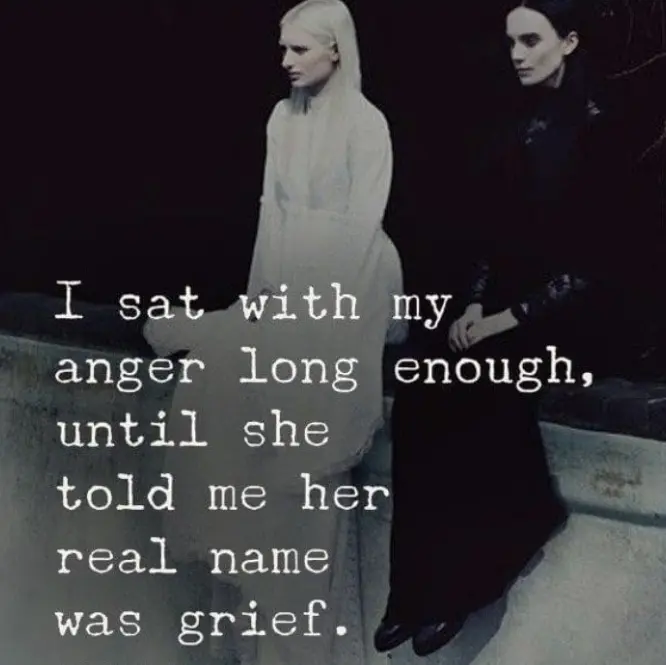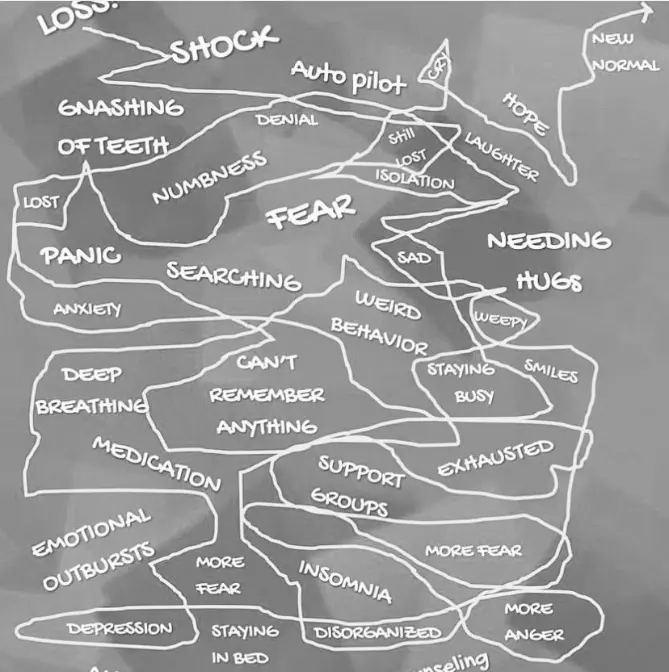Anxiety is a common part of life, but when it becomes overwhelming, it can severely affect everyday living.
Effectively managing anxiety involves a comprehensive approach that includes practical strategies, lifestyle changes, and mental health techniques. Here are ten effective strategies to help you manage anxiety in your daily life.
Stay Connected with Others
Social support is essential in managing anxiety. Engage with friends, family, or support groups. Sharing your feelings can provide relief and perspective. Social interactions can also distract you from anxious thoughts, helping you feel more grounded and supported.
Engage in Mindfulness and Meditation
Mindfulness is the practice of being fully present and engaged in the current moment. This can help reduce anxiety by stopping the mind from ruminating on past regrets or future worries. Meditation, especially mindfulness meditation, can train your brain to focus, stay calm, and release anxious thoughts. Even a few minutes daily can make a significant difference.
Adopt a Healthy Lifestyle
A balanced diet, regular physical activity, and adequate rest are crucial for mental well-being. Exercise releases endorphins, which are natural mood enhancers. Proper nutrition supports brain health, while sufficient sleep helps the body and mind recuperate and get ready for the next day.
Practice Breathing Techniques
Deep breathing exercises can help calm the nervous system. Techniques like diaphragmatic breathing or the 4-7-8 method can lower stress levels and induce relaxation. Practicing these techniques regularly can make it easier to use them during anxious moments.
Moderate Caffeine and Alcohol Intake
Both caffeine and alcohol can worsen anxiety symptoms. Caffeine, as a stimulant, can increase heart rate and provoke anxiety attacks. Alcohol, though initially calming, can lead to heightened anxiety once its effects subside. Moderation is important, and for some, complete avoidance may be beneficial.
Control Media Consumption
Constant exposure to distressing news can heighten anxiety. Be mindful of your media consumption, especially with news and social media. Set boundaries, such as specific times for checking news, and ensure you engage with positive or neutral content to balance your perspective.
Challenge Negative Thoughts
Anxiety often involves negative thinking patterns. Solution-Focused Brief Therapy (SFBT) techniques, such as identifying and challenging these thoughts, can be effective. Question whether your worries are realistic and look for evidence to counter them. Replacing negative thoughts with more balanced ones can reduce anxiety’s hold.
Establish a Routine
Having a structured daily routine can provide a sense of control and predictability, which can be very comforting. Plan your day with balanced activities, including work, relaxation, and hobbies. Consistency can help reduce the uncertainty that often fuels anxiety.
Set Achievable Goals
Unrealistic expectations can lead to feelings of inadequacy and anxiety. Set realistic goals and break larger tasks into manageable steps. Celebrate your progress, no matter how small, to build confidence and reduce stress.
Seek Professional Assistance
If anxiety becomes unmanageable, seeking professional help is crucial. Therapists can provide tailored strategies and coping mechanisms. Solution-Focused Brief Therapy (SFBT) and other forms of counselling have proven effective for many people. Medication, prescribed by a healthcare professional, may also be necessary for some individuals.
Managing anxiety is a journey that requires patience and persistence. Incorporating these strategies into your daily routine can help alleviate symptoms and improve your overall quality of life. Remember, it’s okay to seek help and take the time you need to find what works best for you. By taking proactive steps, you can better navigate the challenges of anxiety and lead a more balanced, fulfilling life.
